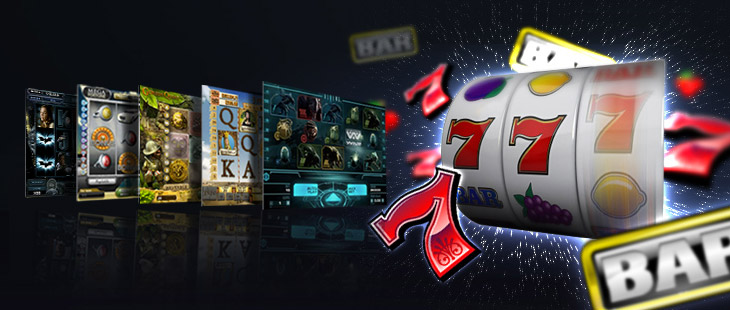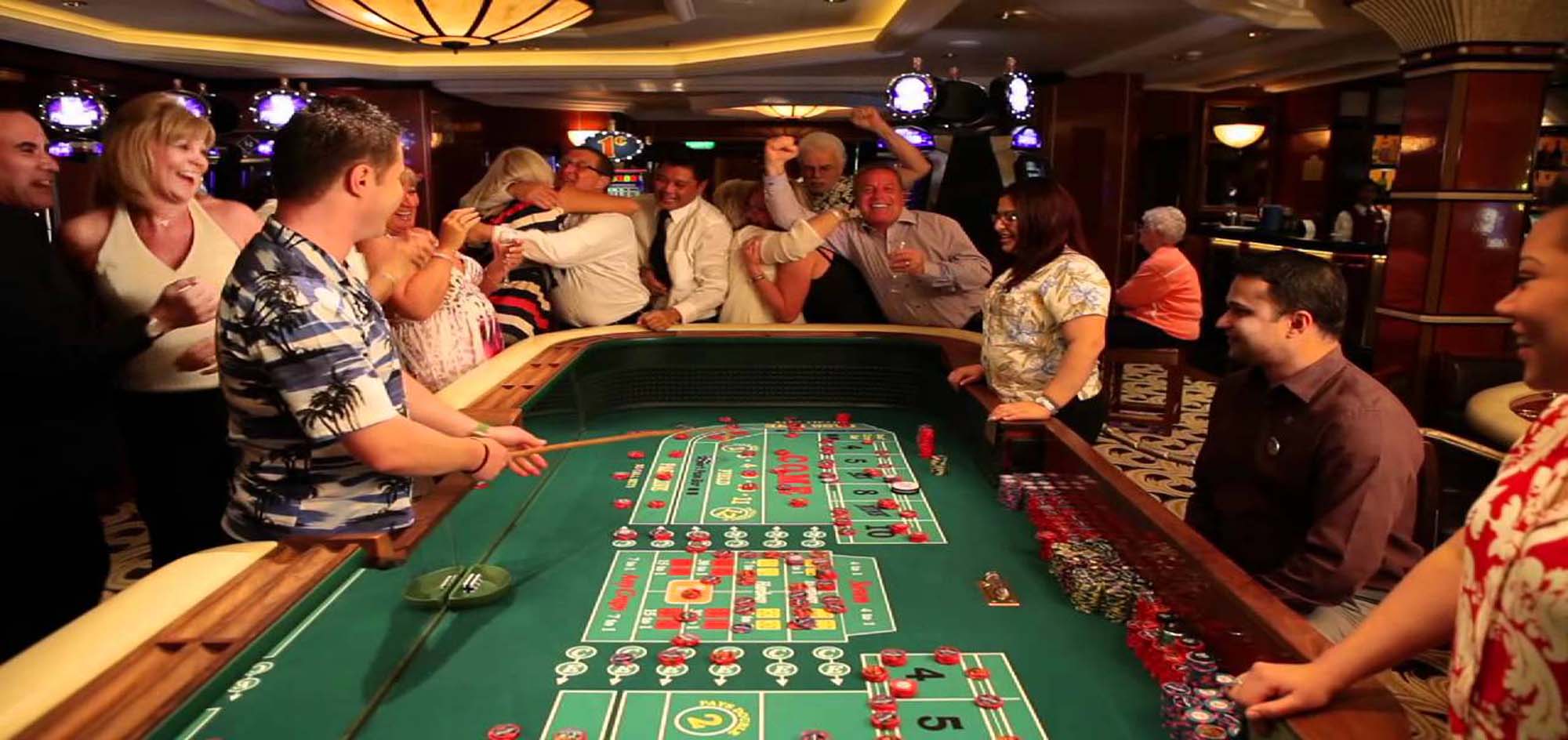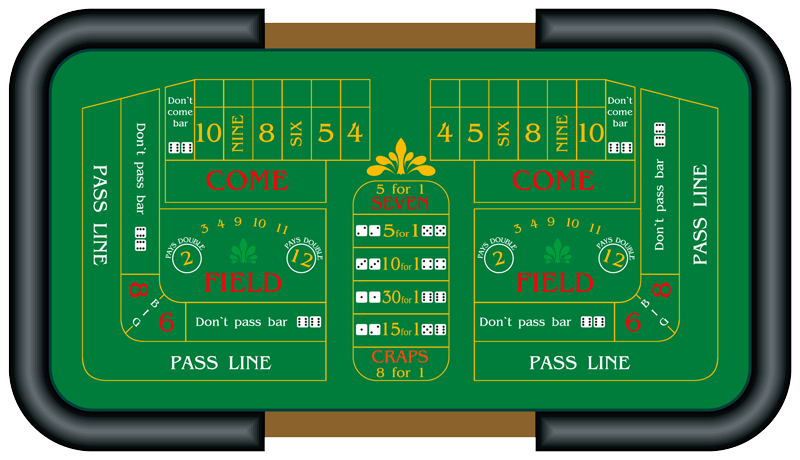Slot machines and other Electronic Gambling Machines (EGMs) are gambling devices that offer a variety of games.
They are inexpensive to run, which makes it possible for casinos to offer low-stakes betting to a large number of players. As a result, they have become the most profitable form of gambling. EGMs are found at casinos, online casinos, on cruise boats, at racetracks, at local bars, and even at corner stores.
Slot machines and other EGMs seem to attract a lot of myths. This is partly because of a lack of accurate information on how the machines work and partly due to the design of the machines. In this article, we will discuss how slot machines really work.
Our goal is to demystify the machines in order to demystify the games. We will also discuss some of the myths about slot machines. This article is intended to serve as a resource for counselors and prevention workers in the field of problem gambling. It is also intended for people in the general public who wish to understand slot machines.
Slot machines and other electronic gambling machines (EGMs) are gambling devices that offer a variety of games. EGMs are found at casinos, online casinos, on cruise boats, at racetracks, and, in some provinces and states, in local bars and corner stores.
There are three main varieties of EGMs: slot machines, video slots, and video poker. These machines are inexpensive to run compared to roulette or blackjack games, which makes it possible for casinos to offer low-stakes betting to a large number of players. As a result, they have become the most profitable form of gambling for casinos and online casinos operators.
A recent report from Statistics Canada indicates that EGMs outside of casinos (e.g., Video Lottery Terminals –VLTs- in bars and slot machines at racetracks) took in a total of 40% of the total revenue from non-charity gambling in Canada. In addition, slots accounted for 80% of the revenue from casinos in 2025. The purpose of this article is to examine how EGMs work and to address some of the most common misunderstandings about these machines.
For the most part, very little accurate information is available from the gambling industry on how EGMs work. However, even it falls well short of full disclosure about the machines. Information is available from numerous “How to Gamble” books, videos, and Web sites. While some of these are remarkably accurate, others are filled with misinformation about gambling.
It is difficult for the consumer to distinguish between accurate and inaccurate information. In the absence of easily accessible and accurate information, people tend to create their own beliefs about how things work. When these ideas are shared, they take on a life of their own as myths. Eventually, these myths are written down in “how-to” books or Web sites. Once written, the myths seem to become fact. EGMs seem to attract a lot of these myths.
The mythification of slots may be due to the way the machines are designed. Mythification may be the basis of many of the great works of literature, but, in the case of gambling, it is the source of much misery. In this article, we will explain how slot machines really work, and we will discuss and debunk some of the related myths.
Slot Machines
The basic game of a slot machine involves setting three or more reels into motion. In many modern offline and online slot machines, the reels are simply computer-generated pictures of simulated reels, but the essential game is the same. Typically, if all three reels match when they stop moving, the player wins, but other combinations can also lead to a prize (e.g., one cherry).
Common symbols include lemons, cherries, lucky sevens, diamonds, etc. The amount of the win is inversely related to the probability of a symbol coming up on the pay line.
However, there is very little relationship between the number of pictures on the reel and the probability of a particular symbol landing on the pay line. The wins and the player’s remaining credits are displayed using a small LED screen (a matrix of little red dots) and in online slots, it will be on screen.
In bricks and mortar casinos, if the player has won more than the machine can payout, a light on top of the machine usually flashes, notifying the casino of a big win. The remainder of the win is paid by cheque.
The payout of the slot is determined by the mathematical structure of the game, not by how recently the machine has paid out. Game structures are very complex and, as a result, the odds against winning on most EGMs are hidden from the player.
In Ontario, most offline slot machines have actual reels. However, some casinos have video slots (also called VLTs) with simulated reels that appear on a video screen. The introduction of video slots allows the game manufacturer a much greater degree of freedom in the structure of the game. Many video slots have bonus features that come up if certain combinations occur.
Bonus features are not new. Reel slots have always had bonus features run either by a separate wheel or oversized dice located at the top of the machine or through a separate display screen that is activated when a bonus feature occurs. The advantage of video slots, however, is that upgrading the program or replacing it with a new game is easier. In my view, slot lineup games presented on a video screen and slots with reels are essentially the same, except that video slots offer a greater variety of wagers and bonus features.
Video poker
Video poker is a completely different game than slots. It is based on five-card-draw poker played against the machine. Players win if they get certain combinations of cards, such as three of a kind (e.g., 4-4-K-4-7) or a flush (e.g., five hearts).
Players press a deal button, select the cards they want to keep by pressing a hold button, and then press deal to replace the rest of the cards. Typically, players only get one draw per hand. Some versions include wildcards (e.g., the joker or deuce), which are worth any value needed to complete a hand. The computer calculates the highest hand present and pays credits that are inversely related to the odds of a particular hand coming up. A flush might pay five credits for every credit bet while a full house might pay eight.
Video poker is different from slots in two main respects. First, the probabilities of the game are based on a simulated deck of cards, so that players can actually compute the probability of winning based on their knowledge of the cards.
For example, if you have four hearts and one spade, you can estimate that the chance of getting a flush if you replace the spade is 19% (9/47).
Second, you have an option to choose which card to hold, which means that there is an element of skill in the game. For example, with Jacks or Better video poker, say a player has a pair of tens, but also has a flush draw (e.g., four hearts). Taking into account the probability and payout for various hands, the player would be better off throwing away the ten and drawing for a flush than throwing away the three hearts to draw for two pairs or three of a kind.
However, if the player has a pair of jacks, he or she is better off keeping the jacks and throwing away the flush draw.
While some of the rules of play seem self-evident, optimal play actually involves memorizing a fairly large number of conditional rules. Thus, players who study the game and make probability-based choices can improve their success.
However, skill in video poker does not usually allow players to overcome the house edge. Skilled players might lose at a rate of 1% per bet, whereas less skilled players might lose at a rate of perhaps 10% per bet. Exact figures for skilled and unskilled would depend on a player’s level of skill and the particular machine played.
Note that there are apparently video poker games where an optimal strategy would allow the player to break even or even beat the house. Evaluating the accuracy of this claim is beyond the scope of this article. However, on most video poker machines, even expert players are playing against a house edge.
Video lottery machines
There is a great deal of confusion about the nature of VLTs. People often use the term VLT when referring to video poker or video slots located in a casino.
There are four main differences between a VLT and a video slot machine.
First, in some jurisdictions, the outcome of the games on a VLT is determined by a central determination system rather than the individual machine. This is in fact why they are called video lottery “terminals.” This distinction might have important legal implications in terms of whether a VLT is classed as a slot machine or a lottery, but is irrelevant in terms of the gambler’s experience.
Second, VLTs in Canada are often multi-game platforms that offer slot games, video poker, and sometimes a variety of other games such as video blackjack or keno. The range of games offered means that VLTs may appeal to a broader range of players than single-game slot machines. Slot games played on a VLT are largely the same as video slots on a stand-alone machine. Video poker on a VLT is essentially the same as video poker on a dedicated video poker machine. As described above, slot lineup games and video poker are quite different. One is a game of pure chance, the other a game with some skill elements. When discussing machine gambling with a player, it may be important to know the type of game played. Telling a VLT player who only plays video poker on the VLT that the game involves no skill could interfere with therapy by undermining the credibility of the counselor (the focus with video poker should be on the limits of skill).
Third, VLTs are often located in bars and corner stores — areas that are more easily accessible. Single-game machines (slots or video poker) make up the majority of machines offered in casinos in Canada, but multigame platforms can be found in Las Vegas casinos. The multigame nature of VLTs is likely due to the pragmatic need to offer a variety of games in a setting with only a small number of machines.
Fourth, wins from VLTs in Canada are usually paid with vouchers, whereas slot wins are paid with coins. However, both accumulate credits until a “cash-out” button is pressed.
Global variations
Gambling is a multinational industry that is regulated locally. As a result, there are regional variations in the games that are available and the regulations that control them. Fruit machines in the United Kingdom, for example, are required by law to pay out a minimum percentage within a short period of time.
Apparently this regulation came into effect because the bar owners responsible for these machines were worried about potential losses due to the volatility of games. According to U.S. patent #6,666,765 (http://www.uspto.gov/patft/index.html):
[British] fruit machines generally use a form of “adaptive logic” wherein coin-in and coin-out is monitored over time and wherein odds/payouts of the fruit machine are proactively adjusted to achieve a target win percentage. Examples of adaptive logic fruit-machines in Great Britain are GB 2 185 612 A and GB 2 087 618 A …. In the United States, the casino game operated with a random number generator must, overall play of the casino game, provide a known player expected return (or house advantage) and the casino game cannot proactively monitor performance and correspondingly adjust play parameters.
As a result, some of the myths about slot machines in North America may, in fact, be true in the United Kingdom, however, recently told us that adaptive logic machines are being phased out as the United Kingdom moves toward adopting North American standards in order to permit larger prizes.






